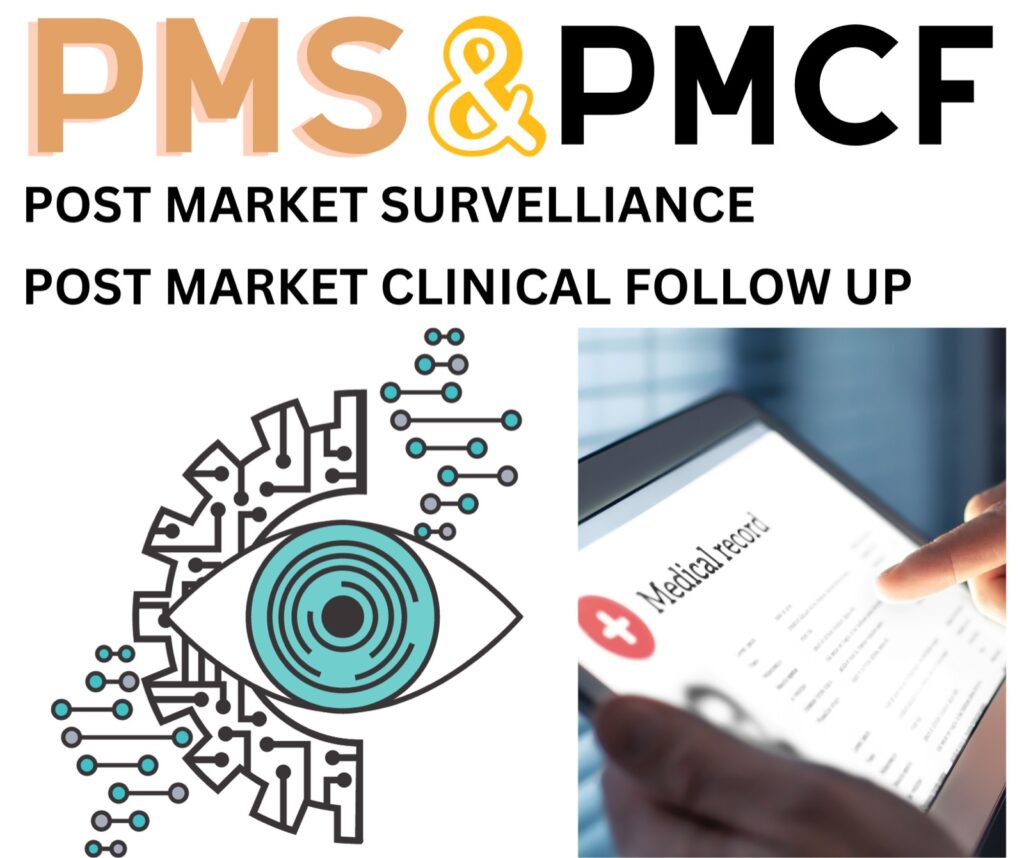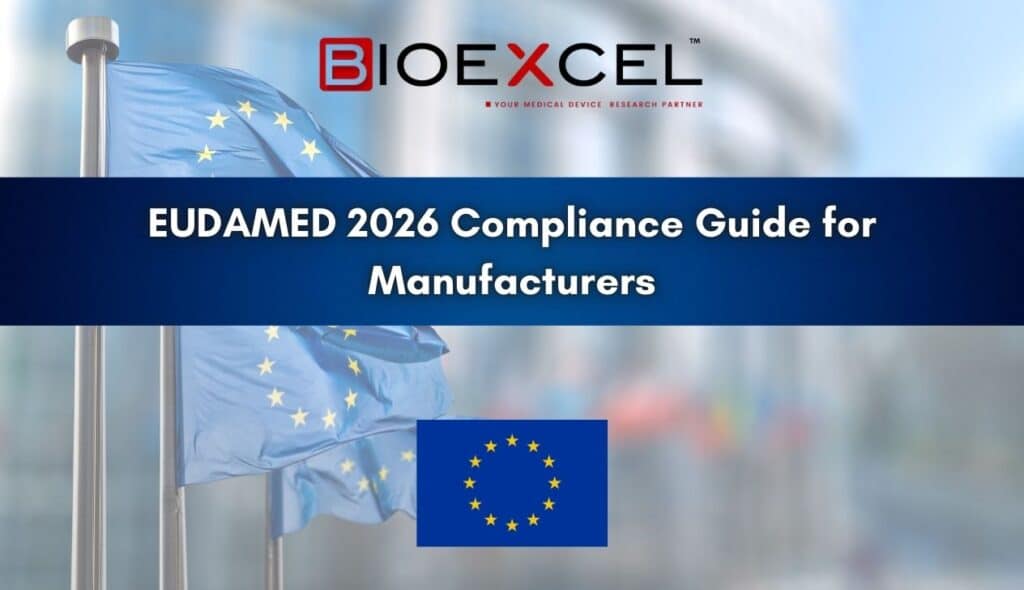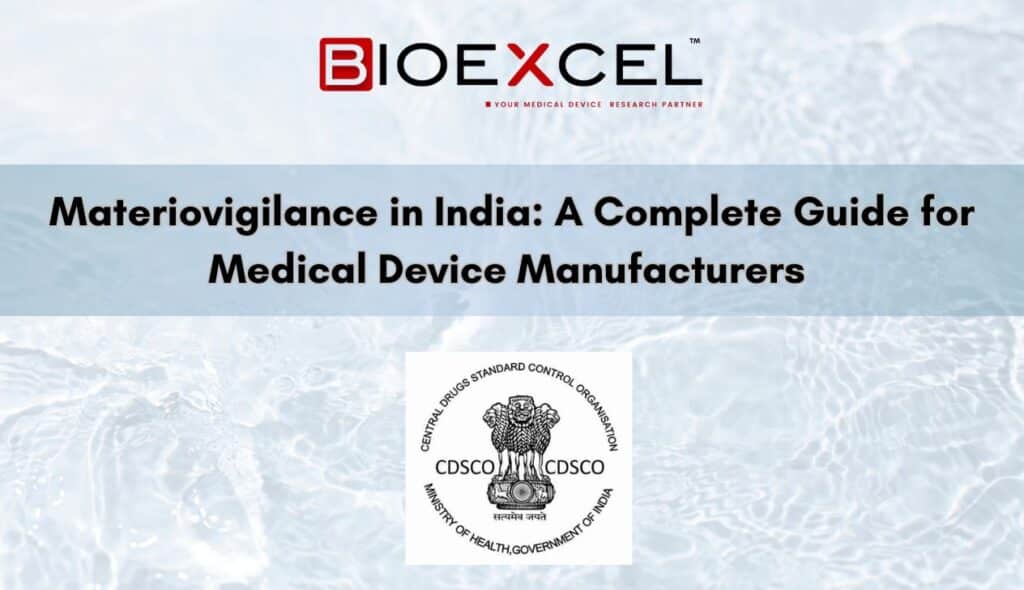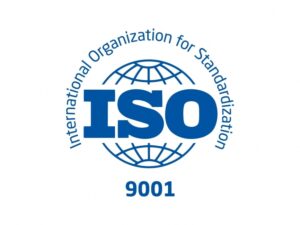Ensuring medical devices follow the Medical Device Regulation (MDR) and maintain patient safety and device performance on track depends critically on Post-Market Clinical Follow-up (PMCF). The healthcare sector is always changing, and as guidelines get more complicated, people using new technology sometimes find unanticipated difficulties.
If new technology is going to flow into daily use without incident, getting a strong grasp on the clinical and pre-clinical evidence the MDR requires is really vital. When businesses try implementing these rules, often there is a discrepancy between what authorities demand and what they really encounter. Initiatives like the Implant and Patient Safety Initiative (IPSI) are also emerging; they provide policies meant to preserve innovation within regulatory constraints while nevertheless advancing society. Considering all factors, a prudent approach to PMCF not only boosts compliance but also fosters confidence among patients and healthcare providers.
Overview of PMCF and its significance in the context of Medical Device Regulation (MDR)
PMCF is an important part of the system set up by the Medical Device Regulation (MDR). It checks on a regular basis to see how well devices work and if they stay safe after they are sold. It doesn’t just keep track of clinical outcomes; it also often collects everyday data that could reveal hidden risks, which leads to better safety and total effectiveness.
When PMCF methods are good, manufacturers can make changes to their products and move quickly when safety alerts or rules change without warning. Recent studies, for example, show that companies can deal with compliance issues and easily improve the quality of their products by using a mix of strict oversight and flexible strategies. Think about how new technologies like AI in medical devices make PMCF even more important by encouraging proactive regulation that handles safety concerns, social issues, and the clarity of device algorithms.
Understanding PMCF Requirements

It is very important to understand how post-market clinical follow-up fits into the new European Medical Device Regulation. This is not just about making sure that all the rules are followed; it is also about making sure that patients are safe. The new MDR calls for more thorough studies after the drug has been sold. This means that everyone in the field needs to change how they normally do things. As an example, clinical registries have quickly become important places to find standardised data on medical devices. This not only improves the quality of care but also gives regulators the strong proof they need.
The EU-MCR Cardiovascular Collaboratory says that collecting this kind of information helps new ideas come up while also making sure that devices work well and are safe. Also, the fact that it’s not always clear what clinical evidence and pre-clinical evidence are shows that producers, clinicians, and regulators need to have an open, honest conversation with each other. People with a stake in PMCF can better meet its strict requirements when they work together, making it possible for safer and more effective medical tools.
Key components and objectives of PMCF under the MDR framework
PMCF is an important part of the system set up by the Medical Device Regulation (MDR). It checks on a regular basis to see how well devices work and if they stay safe after they are sold. It doesn’t just keep track of clinical outcomes; it also often collects everyday data that could reveal hidden risks, which leads to better safety and total effectiveness. When PMCF methods are good, manufacturers can make changes to their products and move quickly when safety alerts or rules change without warning.
Recent studies, for example, show that companies can deal with compliance issues and easily improve the quality of their products by using a mix of strict oversight and flexible strategies. Think about how new technologies like AI in medical devices make PMCF even more important by encouraging proactive regulation that handles safety concerns, social issues, and the clarity of device algorithms.
Implementing a PMCF Strategy

The European Medical Device Regulation (EU-MDR) has strict rules that manufacturers must follow. To do this, they must use a method called Post-Market Clinical Follow-up (PMCF). A well-designed PMCF plan not only monitors the daily performance of a device, but also gathers crucial clinical data to enhance patient safety and improve device performance.
This idea generally fits well with the call for more useful economic models. For example, the MedDee model shows the main steps in making a device and stresses the importance of a thorough review process. There are also clinical registries that can help with this. These keep track of uniform data across different groups, which improves care quality and makes it easier to follow the rules. When these things are put together, manufacturers can make a PMCF plan that is both strong and new, which can lead to better health outcomes.
Best practices for developing and executing an effective PMCF plan
A good PMCF plan under the MDR isn’t just something you have to do; it’s important for keeping devices safe and working over time. To start, you need to really understand what the rules are and what kind of clinical proof you need for each device. Then, you need to include different voices, like surgeons and patients, whose input helps shape everything, similar to how the efforts Implant and Patient Safety Initiative guide the rollout of new orthopedic devices by relying on consensus.
Companies should also be open to methods that collect and crunch data in real time; this makes it easier to tweak device performance on the fly. Being proactive can, in most cases, lower the risk of market problems caused by not complying, as shown by the financial problems some companies have had under the MDR. In the end, a good PMCF plan doesn’t just do what you need; it leads to ongoing innovation and better results for patients.
Conclusion
Implementing a robust Post-Market Clinical Follow-up (PMCF) system is crucial for meeting European Medical Device Regulation (MDR) criteria and maintaining medical device safety and efficacy. A good PMCF plan doesn’t only meet regulatory requirements; it often fosters continuous improvement among manufacturers, healthcare providers, and regulators.
Routine monitoring can improve patient outcomes and reduce device risks, as seen in the EU-MDR Cardiovascular Collaboratory and Implant and Patient Safety Initiative. The medical device community can generally address MDR while pushing for innovation and patient health by prioritising data quality and fostering cross-field relationships. These efforts, albeit sometimes difficult, are essential for reconciling tight regulatory compliance with the ever-changing medical technology world.
The importance of PMCF in ensuring ongoing compliance and patient safety in the medical device industry
Post-Market Clinical Follow-up (PMCF) is the best way to ensure medical device safety and patient protection. It monitors a device’s performance and identifies flaws before they arise in the real world. New technology brings new implants and tools, and the need for good follow-up practices grows—even if it feels like a never-ending race.
The European Commission’s Medical Device Regulation requires clinical evidence throughout a device’s life, which aligns with the Implant and Patient Safety Initiative’s demand for proof. Some research implies that economic evaluation frameworks might help stakeholders understand compliance throughout difficult development stages. Usually, a well-rounded PMCF effort is crucial for patient safety and industry honesty.












